Christine Coulson was a writer at the Metropolitan Museum of Art in New York for many years. Her second novel, ‘One Woman Show’, consists of 75-word-long descriptions – in the style of the wall labels Coulson used to write at the Met – to tell the story of Kitty Whitaker’s progress through the 20th century. She talks to Fatema Ahmed about the fictional possibilities to be found in embracing constraints, the appeal of hyper-specialised art-historical vocabulary – and her enduring love of the Met and the people who make it what it is.
Can you begin by describing the very distinctive form of the novel?
It’s written almost entirely in museum wall labels, using the Met’s structure for those labels. Almost all museums have what we call the tombstone information – artist, date, medium – and at the Met I always had 75 words for every object. I used that same constraint in this to craft, essentially, a retrospective exhibition of a life, of a distinctly 20th-century, wealthy, not particularly likeable woman, who is treated not unlike a work of art from her earliest age. She is evaluated, critiqued, prized and collected throughout her whole life.
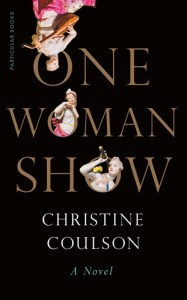 One of the most striking elements is that you’ve found words that are used a lot by people who think about museums, or about art or art history, but that are not part of normal discourse. For example, you use the word ‘deaccessioned’ of Kitty divorcing her second husband. Or there’s a friend who looks down on Kitty for being of ‘lesser provenance’. Did you begin with the arc of the life and then go looking for the words, or did you begin with the words and construct the life?
One of the most striking elements is that you’ve found words that are used a lot by people who think about museums, or about art or art history, but that are not part of normal discourse. For example, you use the word ‘deaccessioned’ of Kitty divorcing her second husband. Or there’s a friend who looks down on Kitty for being of ‘lesser provenance’. Did you begin with the arc of the life and then go looking for the words, or did you begin with the words and construct the life?
I first had the idea when I was writing the labels for the new British galleries at the Met. I had this spark of ‘That’s what I want to do, I want to write labels about people, I want to treat human beings like exquisite works of art.’ In my first experiment doing that I just described an old woman standing in the galleries and wrote the first label, which was about this patrician, Park Avenue matron. I had no particular investment in her as a character, it was just a test for myself. I called her Kitty and there she was on the page. Then I challenged myself to write 20 labels about her to see if this form had legs. As I had ideas about what could, would, should happen to Kitty – which was never very linear – the book spread like an ink blot.
The first label that I wrote is almost at the very end of the book – at that point she’s 91 years old – which is a very speech-writery thing to do. I was a speech-writer at the Met for eight years and you very often are writing to an ending. There were times in which words, like the definition of ‘garniture’ at the very beginning of the book, seemed so well-suited for a woman who I was referring to in terms of porcelain and her social group. Then other times I found myself looking back at old Met guidebooks. I would almost go shopping for words. I would find some great entry for a medieval chalice that would drive my thinking about how a label could work. So it worked both ways: the language supported the idea, but the idea was really fuelled by the language.
The form’s very easy to understand once you start reading, but I was surprised by how elastic it is. I wonder if you were surprised, too?
That was the challenge as a writer – as much as I know this voice, I know this form, I know how to do it. But at the same time, I was writing a novel – I need character development, I need plot, I need emotional investment. [The challenge was] to take this notoriously boring form and stretch it to its capacity: can I write a funny label, can I write an emotional label, can I write a sexy label? I often hear that because the book is short, people read it twice. They read it first for plot because it’s very propulsive, you want to know what happens – and then they go back to the beginning and find all the Easter eggs.
It also feels as if you’re playing with art history as well with character and form?
Different people will read it in different ways. Like any author, I’m happy about that. People will pick up on cubist references, which very much speak to this form of storytelling, this idea of a part standing for a whole, about something being seen from multiple perspectives.
Kitty is a fictional character but she represents an East Coast type who, if she doesn’t exist still, definitely has existed. You mention institutions like the Chapin School, Miss Porter’s – and the husband goes to Choate and Yale. Can you talk about her niche in society?
Those touchstones are real. I knew a lot of those women and they’re fantastic. They’re incredibly clever and smart, but the lives they were allowed to lead were very constrained and the options for them were very limited. To some degree, I wanted to write about porcelain, too, so I needed a porcelain life. I loved the idea of porcelain being hard but fragile, something made from fire and easily grouped with other things. With porcelain, it’s very hard to hide any damage. I love the museum term – when something is flawed, we talk about it having ‘condition issues’. Is there anything more human than talking about a person’s condition issues? We all have condition issues.
I winced at the description of her facial tucks and other plastic surgery. Some of your entries are very funny, but some are quite uncomfortable.
That’s good, because for me, I want those two things to be happening almost simultaneously. You should be laughing and you should be moved at the same time. I asked Michael Gallagher at the Met for an extensive condition report, so that I could think about that particular language when I was writing about Kitty and her various… adjustments.
When I was looking back at my notes, I found one saying, ‘Ormolu, hooray!’
And what a great word ormolu is. If you read or are writing fiction, ormolu can be anything – and what ormolu winds up as is kind of saucy, because it’s such a great word.
Can you talk about your career at the Met and what led you to the writing of labels?
I was an intern in European paintings in 1991, then came back after graduate school. I was hired to write exhibition descriptions in the development office and then I was mainly ghost-writing correspondence. I wrote all kinds of proposals and things like that and then I became a speech-writer. I was a speech-writer for the director for eight years, that was for Tom Campbell. The museum very generously gave me a sabbatical in 2017 to write my first book, my novel Metropolitan Stories. Then when I came back, they asked me to serve as writer for the British galleries, which opened in 2020.
Luke Syson, who was the curator at the time, had a very innovative approach. He had galleries that were filled with objects – tapestries, silver, furniture – that were handled by many curators, so he decided that the galleries themselves would have their own voice. I would serve as a sort of speech-writer for the galleries and create a cohesive narrative. If you’re writing about a silver teapot, you can write about the maker, the collector, 18th-century middle-class consumption, you can talk about the tea trade and slavery – you have to choose.
In some ways I reversed that dynamic in the book, because there are no images and it’s very intentionally laid out so that with every spread, the label is on the right – as it often is in a museum – but the facing page is blank. To me, that’s that lovely metaphor for reading itself, where the reader has to conjure the work of art as they’re reading this description. It’s no longer an explanation for something; it’s a catalyst for your imagination.
Did you start to think about what the works you’re describing in the novel would actually look like?
Someone might hear these porcelain references and start creating something out of that. Someone might see a painting, someone see an actual human being. I felt that if I was too heavy-handed about what we were seeing and what you’re supposed to be seeing, it would feel very rigid; it wouldn’t have that open-endedness that allows the reader to get engaged because they’re complicit in the story. I never describe what Kitty looks like, intentionally, because I want you to conjure your Kitty, I want you to be invested in whatever way that works for you. That’s what makes the book more human and not as stolid as labels usually are.
We also encounter some real people in One Woman Show. The most famous figure is Picasso, but there’s a very funny moment later on when she dances with Thomas Hoving, who was the director of the Met from 1967 to 1977.
The personality that comes through in this moment in Kitty’s life, when she’s being obviously courted by the museum, is definitely something I knew about. Tom Hoving’s character was so easy to write about and that scene of the Centennial Ball in 1970 is almost legendary, certainly at the Met. We have images – Garry Winogrand was there and took photographs of that party – and on the one hand you have these helmet-headed women in their taffeta gowns and their jewels, and next to them are these swinging women in miniskirts. We have images of some of them topless in the Great Hall, stories of pot smoke wafting through the Great Hall. It’s also capturing this moment when the museum itself is finding a new audience: there’s a whole new vibe, but the old guard is still within the mix. To create that moment in a single label was a great challenge and a lot of fun – and that’s where we have Buzzy McClure and his ‘roving finial’.
Your first novel, Metropolitan Stories, also has a real interest in form and in playing with narrators.
I love constraint. I love rules. I love the challenge of not just using the blank page, but creating a set of parameters, because that can be a real trigger for the imagination. The first book looked at the Met from 16 different points of view. I loved that sense that not only would those points of view – everything from a chair in the Wrightsman Galleries, to the guys who changed the lightbulbs – have to be given their voice, but there would have to be a connection between them all. In Metropolitan Stories, there’s museum-language in there, there are references that I made and I decided in both books that I’m not going to handhold, they’re going to get in there with me – aside from [in One Woman Show] the opening definition of ‘garniture’, which I felt was so fundamental to the relationships that existed between Kitty and her friends. Too many people I tested at the Met (art historians included) thought it was parsley on a plate. Too many paintings people didn’t know what garniture meant. It’s the one definition I gave, but everything else – words like ‘finial’ – even if you don’t know what it means, in the context of that label you know exactly what means. Even if you don’t know what ‘ormolu’ is, you know what it means in that sentence.
An object in a museum is all about the context that’s created for it, which can change. Did you look to other examples of writing about objects that you admire, or writing about imaginary art?
I looked more to the brevity of, say, Lydia Davis. Lily Tuck wrote a novel called Sisters that just blew me away, where sometimes there’s only two sentences on a page, but you’re able to follow this incredible story. I love that power of blank space, how it causes you to focus. In an 800-page narrative, you miss some of the sentences, you miss some of the nuance. The tightening of language really highlights its capacities. There’s a great author called Kathryn Scanlan, who wrote a book called Kick the Latch: a stunning achievement about, of all things, horse-racing, which I care nothing about. I feel that someone might care nothing about art and art history but pick up this book and be able to enjoy the form of it.
You left the Met in 2019, but are you going to leave it behind for your next book, in terms of subject matter?
I feel like this was a step away. I really said what I had to say about the museum in Metropolitan Stories. It’s a love letter to that place and I got out of me what I wanted to express about that place at that time, particularly under Philippe [de Montebello]. This book also came out of my experience of the Met, but it isn’t specifically about my experience at the museum. It’s such a frame of reference for me, to see the world through objects, that it’s hard to imagine leaving that sensibility.
What’s the appeal of writing about objects – and what’s next?
I’ve just worked on a book with an architect, Elizabeth Roberts, where I was writing short fiction about her work and she was wonderfully open to me taking that in any direction. It’s coming out next fall from Phaidon/Monacelli. I was also commissioned by a ceramicist called Ruan Hoffmann to write a story for his monograph that’s coming out next year, very much from the point of view of the objects he makes. It’s a very particular way of seeing the world and [it comes] from my time at the museum and from my incredible affection for curators. I like the idea of something being a catalyst rather than an end in itself.
Can you talk about bit more about your affection for curators?
My respect for curators is so profound, mainly because they do something I don’t have at all and that I’m not very good at – that scholarly knowledge of an object, that understanding of every element and pulling that string to understand every aspect of its production, its context, its history, its relationship to the world in which it was made and the future it came to occupy. I love that curatorial perspective. I was raised in Philippe’s museum to have that reverence for it – that’s why I don’t touch it. It’s a beautiful thing to see how a curator engages not only with an object but also a culture and a school – and thinks about it, even occupies it in a way. Maybe the next book’s about a curator!
You’re a very strong advocate for museums at a time when their role is more contentious…
Museums should grow and change and evolve and be part of a larger conversation, absolutely, but the people who devote their lives to them are extraordinary and they are there at all levels. What people don’t understand – and what I was trying to get at in the first book – is that’s why the museum you love is so loveable: because of those people that you distinctly don’t see. That culture of behind the scenes really suffuses through the walls and inflects your experience of it.
One Woman Show by Christine Coulson is published by Particular Books in the UK and by Simon & Schuster in the United States.
Unlimited access from just $16 every 3 months
Subscribe to get unlimited and exclusive access to the top art stories, interviews and exhibition reviews.

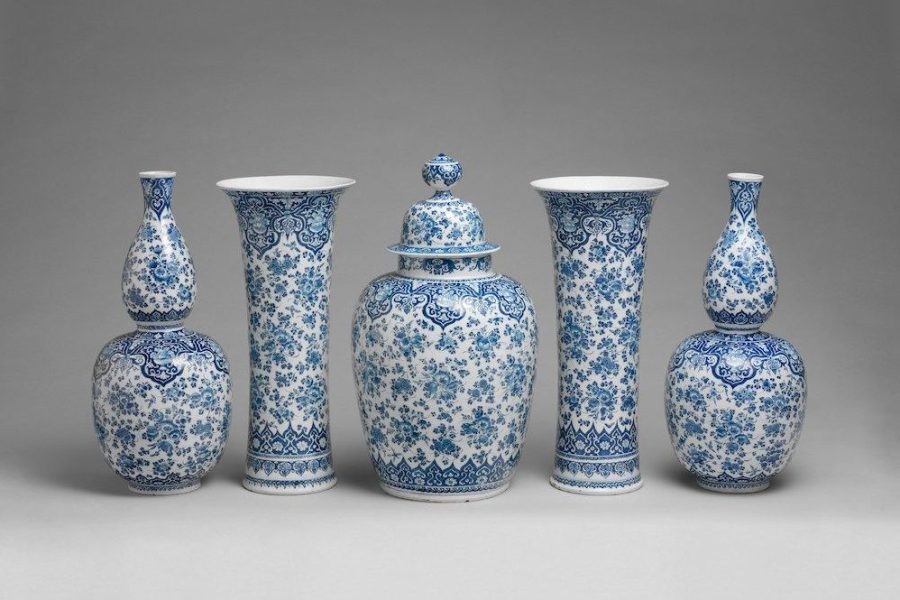
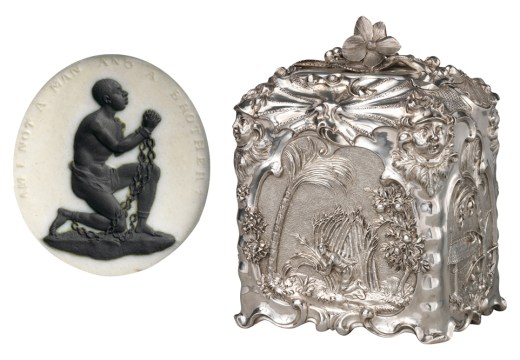
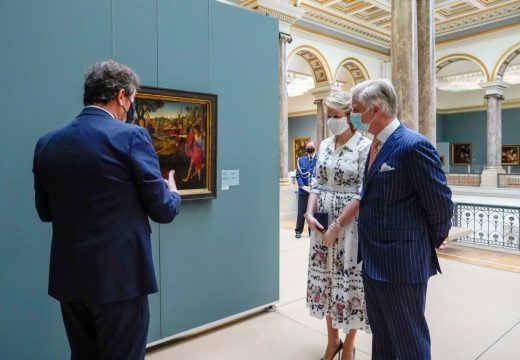
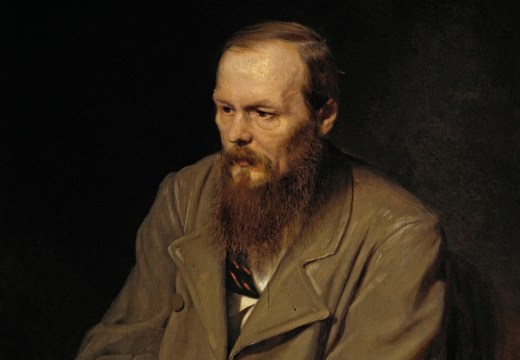









![Masterpiece [Re]discovery 2022. Photo: Ben Fisher Photography, courtesy of Masterpiece London](http://www.apollo-magazine.com/wp-content/uploads/2022/07/MPL2022_4263.jpg)
Has the Fitzwilliam lost the hang of things?